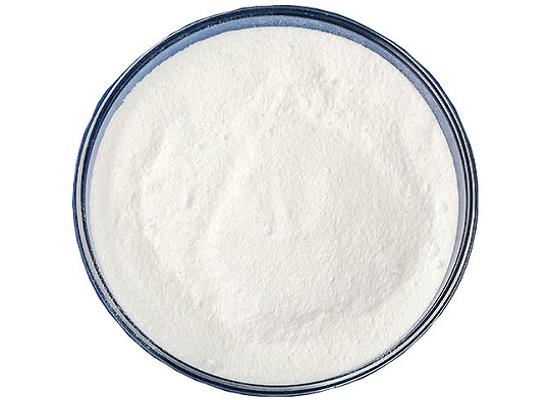Glyphosate: Mechanism in Plants and Toxicokinetics
Nov 6,2024
General Description
Glyphosate is an organophosphorus herbicide. The herbicide function of glyphosate was discovered in 1970 by John Franz, a chemist from Monsanto® company, which produced several years later the first glyphosate-based herbicide (GBH), Roundup®. Nowadays, there are hundreds of GBHs commercialized under different brands in more than 100 countries across the world. Currently, glyphosate is the most used herbicide worldwide.
Glyphosate is applied intensively in crop fields, and its residues are frequently detected in the environment, particularly in plants, soil, water, food products and also in human urine. Consequently, concerns increased within the scientific community about the potential impact that this herbicide and its metabolites can have in the environment and humans. Hence, the commercialization of GBHs is highly regulated, and there are maximum residue limits (MRLs) established for glyphosate residues in foods.
This article will introduce its mechanism and toxicokinetics.

Figure 1. Glyphosate
Mechanism in Plants
From the point of view of its action mechanism, glyphosate is a systemic, non-selective and post-emerging herbicide. A herbicide is systemic when it is absorbed through the plant, followed by translocation through it. A herbicide is non-selective and post-emerging when it acts either on weeds or on grass that has already germinated.
Glyphosate acts by inhibiting the shikimate pathway—more specifically, by inhibiting the 5-enolpyruvylshikimate-3-phosphate synthase (EPSPS). With the EPSPS inhibition, the synthesis of tyrosine, tryptophan and phenylalanine, essential amino acids for plant growth, is blocked. Glyphosate, the only herbicide that inhibits EPSPS, also compromises the production of secondary metabolites, such as lignin.1
Toxicokinetics1
Absorption
Studies in rats show that when administered orally, glyphosate has a rapid but incomplete absorption, with only about 20 to 30% of the administered dose being absorbed. Another study shows that oral absorption is lower when a higher dose of glyphosate is administered.
The skin absorption of glyphosate is limited, with only about 1 to 3% of this herbicide being absorbed.
Distribution and Metabolism
Only 1% of the absorbed dose of glyphosate remains in the rat’s body after 7 days, which demonstrates that it does not accumulate in the body. It has been demonstrated that glyphosate does not undergo enterohepatic circulation. The highest concentrations of glyphosate in the body have been detected in the small intestine, liver, kidneys and bones.
Glyphosate is poorly metabolized both in plants and animals. It is excreted mostly unchanged, and only about 1% undergoes metabolism, via hydrolysis, originating aminomethylphosphonic acid (AMPA), the main metabolite of glyphosate.
Excretion
Feces are the main route for rats' glyphosate elimination, and about 60 to 70% of the administered dose is eliminated by this route. The remaining 20 to 30% are rapidly eliminated by the urinary route. The excretion via the bile and lungs is residual.
It is estimated that glyphosate's half-life is between 6 and 12 h. The great majority of glyphosate and its metabolites are excreted after 48 h, and after 7 days practically all of them have been eliminated from the body.
References:
[1] DIOGO SOARES. Glyphosate Use, Toxicity and Occurrence in Food.[J]. Foods, 2021, 10 11. DOI:10.3390/foods10112785.
- Related articles
- Related Qustion
- The role of glyphosate Mar 21, 2022
Glyphosate is a biocide herbicide developed by the famous American company Monsanto.
1,7-Dimethylxanthine is a naturally occurring alkaloid compound that can enhance alertness and reduce drowsiness.....
Feb 27,2025APICyclohexanol, produced via oxidation of cyclohexane and fractional distillation, is a versatile solvent and intermediate compound with various industrial applications.....
May 24,2024APIGlyphosate
1071-83-6You may like
- Glyphosate
-

- 2025-07-08
- CAS:1071-83-6
- Min. Order:
- Purity: 0.99
- Supply Ability:
- Glyphosate
-

- $100.00/ kg
- 2025-07-07
- CAS:1071-83-6
- Min. Order: 1kg
- Purity: 99%
- Supply Ability: 5000
- Glyphosate
-

- $8.00 / 1KG
- 2025-07-07
- CAS:1071-83-6
- Min. Order: 1KG
- Purity: 95% 88%
- Supply Ability: 20tons






